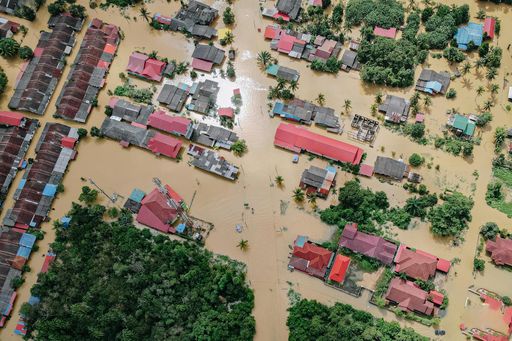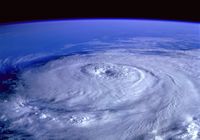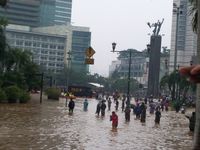While at the beginning of the 20th century, the increase was limited to one millimeter per year, by the end of the 20th century it had already risen to three millimeters. Studies suggest that this increase was the fastest in 3,000 years.
Why is global sea level rising?
This is easy to answer - the increase is one of the many severe consequences of climate change. The temperature of the oceans is increasingly rising, causing the seawater to expand. Furthermore, worldwide glaciers and the massive ice masses in Greenland and Antarctica are melting. Greenland is particularly heavily affected by climate change and has already warmed significantly more than any other region on Earth. Research suggests that since 2002, an incredible 4,700 tons of ice have been lost. Nowadays, it can even rain where Greenland's highest weather station is located - at 3,216 meters above sea level. For instance, this was the case in 2021, where 12 billion tons of ice melted in a single day. Research findings indicate that even if global CO2 emissions could be stopped now, Greenland's ice sheet would still lose 110 trillion tons of ice over the next few decades. This would result in a global sea level rise of at least 27 centimeters.





